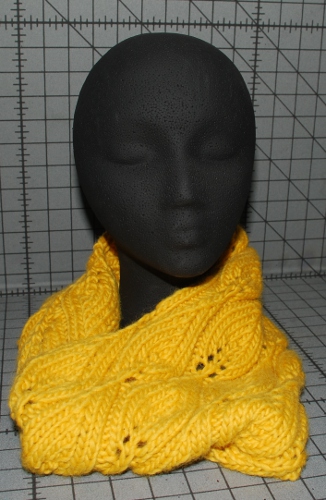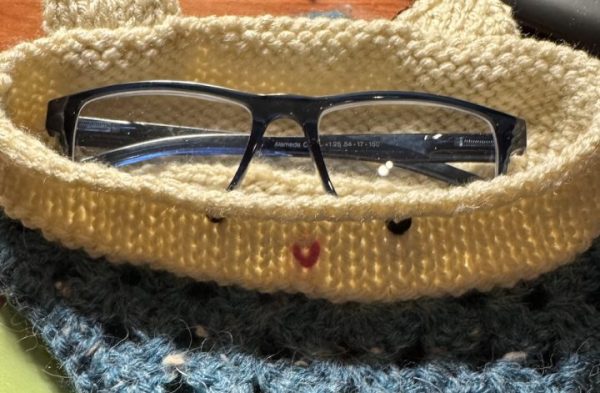 Because I can do that, I decided that this week ought to be devoted to lace knitting. Lace is great for summer, and it’s fun to knit any time. Even just a little bit of lace as an edging or a panel on a garment can make it look fancier, but it doesn’t have to be difficult.
Because I can do that, I decided that this week ought to be devoted to lace knitting. Lace is great for summer, and it’s fun to knit any time. Even just a little bit of lace as an edging or a panel on a garment can make it look fancier, but it doesn’t have to be difficult.
Lace comes down to the strategic placement of holes (we call them eyelets and they’re made by a technique known as the yarn over) and decreases that usually serve to keep the stitch count the same from row to row.
While we usually see yarn overs before a knit stitch, there are different situations where you might encounter yarn overs and it’s good to be comfortable with them if you’re going to knit lace.
There are lots of different decreases you may encounter because they, too, are used for decorative effect. A knit two together, for example, slants to the right, while a slip, slip, knit goes to the left. Lace knitting is also the most common place to find what’s often called a “centered double decrease” because that’s what it is, or an s2kp (slip two, knit 1, pass the slipped stitches over) because it’s that, too.
How do you feel about lace knitting? I like it but I don’t have the patience for difficult/big projects. Which is why we’ll stick with the pretty easy stuff this week.
(The project pictured, by the way, is one of my favorites, the Candle Flame Cowl, which looks fancy but only uses yarn overs and knit two togethers.)

I just tonight finished the Zepherine cardigan from Interweave Knits Spring 2014. It has a lace yoke, which is the last thing you knit before it’s done. If I hadn’t promised this sweater to my grandma, it probably would have been put in the naughty corner. The bottom is simple, but boring. The top is fun, but apt to stretch with the weight of the whole sweater. But. Done and dusted, I just have to sew buttons and block it tomorrow.